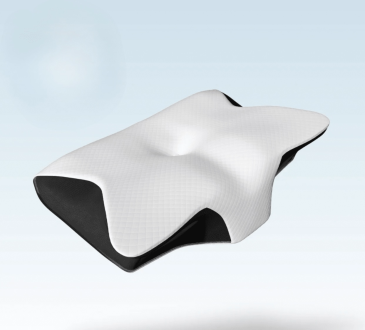
Athletes place significant physical demands on their bodies, often leading to strains, overuse injuries, or acute trauma. Managing these challenges involves structured care and prevention strategies. Sports physiotherapy is crucial in both reducing the risk of injuries and aiding recovery when they occur. With physiotherapy in Singapore widely accessible, athletes at all levels are turning to these services to keep their bodies in optimal condition and extend their sporting careers.
The Role of Sports Physiotherapy in Injury Prevention
Sports physiotherapy is not only about treatment but also about proactive care. Through assessments and tailored exercise programmes, physiotherapists identify weaknesses, imbalances, or movement patterns that increase the risk of injury. Addressing these issues early prevents small problems from developing into more serious conditions. Athletes benefit from improved flexibility, strength, and stability, all of which reduce the likelihood of muscle strains, ligament injuries, or joint pain.
In Singapore, many physiotherapists work closely with coaches and trainers to integrate preventive strategies into regular training. This may include warm-up routines, stretching techniques, and conditioning exercises specific to each sport. By focusing on both performance and safety, sports physiotherapy ensures athletes can train consistently while lowering their risk of being sidelined by avoidable injuries.
Treating Injuries with Physiotherapy
When injuries occur, physiotherapy in Singapore provides structured treatment plans that promote safe and efficient recovery. Sports physiotherapists use methods such as manual therapy, therapeutic exercises, and modalities like ultrasound or electrotherapy to reduce pain and restore mobility. Treatment aims to strengthen the affected area while maintaining overall fitness, preventing further deconditioning during recovery.
Rehabilitation is often progressive, starting with pain management and gentle movement before advancing to sport-specific drills. This step-by-step approach ensures that athletes regain function without rushing back to activity too soon. By following individualised programmes, injured athletes can return to their sport with reduced risk of re-injury and a better understanding of how to manage their bodies in the long term.
Common Injuries Managed by Sports Physiotherapy
Athletes frequently deal with sprains, strains, tendon injuries, joint pain, and overuse conditions that affect their performance. Some also need rehabilitation after surgery, such as ligament reconstruction or fracture repair. These issues, if left untreated, can disrupt training and lead to repeated setbacks.
Sports physiotherapy helps by restoring strength, mobility, and function through targeted rehabilitation. It also guides athletes in adjusting training loads, improving technique, and adopting recovery routines, reducing the chances of re-injury and supporting long-term performance.
The Psychological Impact of Physiotherapy
Recovering from injury is not just a physical process, as many athletes experience frustration, anxiety, or reduced confidence when sidelined from their sport. Sports physiotherapy also addresses these psychological challenges by providing structured progress and achievable goals. Regular sessions provide athletes reassurance that they are improving, which builds confidence in their recovery journey.
In addition, physiotherapists often educate athletes about their injury, explaining how it occurred and what steps are needed to prevent recurrence. This knowledge empowers athletes to take an active role in their rehabilitation. Having a clear plan helps reduce uncertainty, making the mental aspect of recovery as important as the physical.
Why Sports Physiotherapy Matters for Athletes
Sports physiotherapy combines prevention, treatment, and education, which makes it relevant to both amateur and professional athletes. It equips individuals with tools to train smarter, reduce the likelihood of injury, and recover more effectively when problems arise. Physiotherapy in Singapore has become an integral part of athletic programmes, reflecting the growing recognition that long-term performance depends on proactive health management.
For athletes, seeking physiotherapy is less about fixing problems after they occur and more about maintaining consistent participation in sport. By reducing injury risks and promoting safe recovery, sports physiotherapy supports athletes in achieving their goals while protecting their physical wellbeing.
Conclusion
Sports physiotherapy is an essential component of modern athletic care that addresses weaknesses and imbalances while also offering structured treatment for injuries when they occur. With physiotherapy in Singapore providing accessible services, athletes can better manage their training demands, recover safely, and continue performing with confidence.
Contact Rehab & Beyond today to learn how sports physiotherapy can help you prevent injuries and recover effectively.





